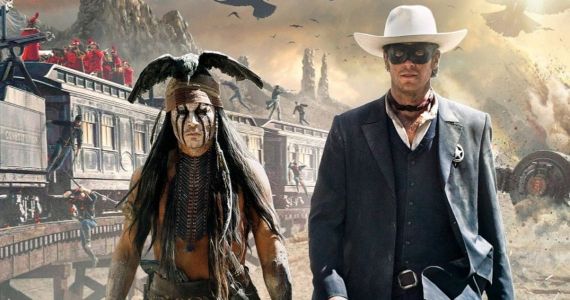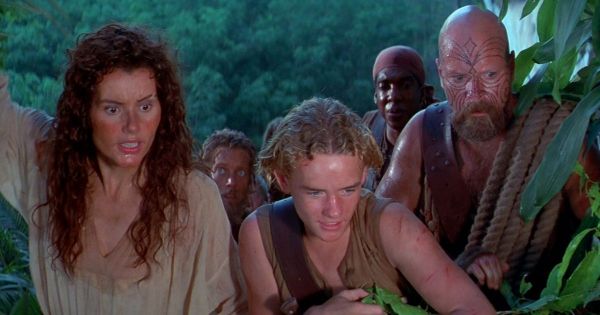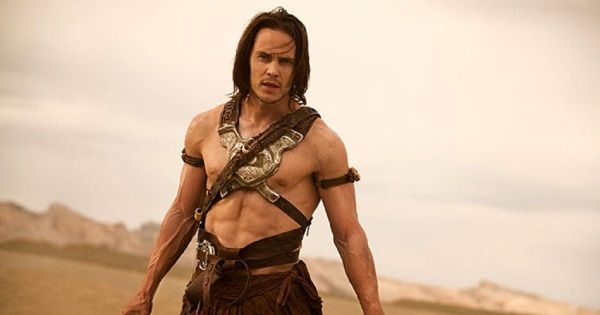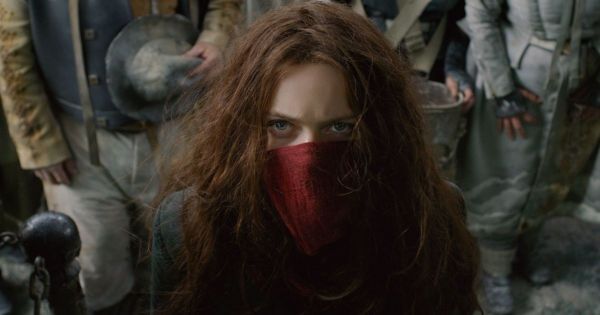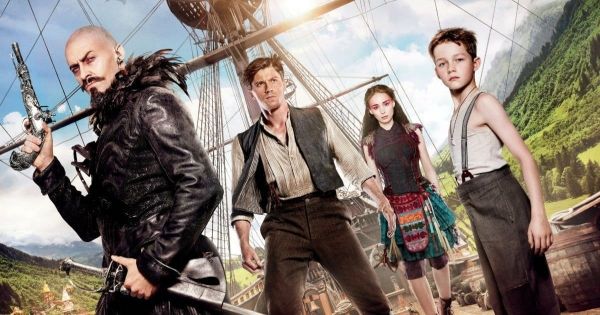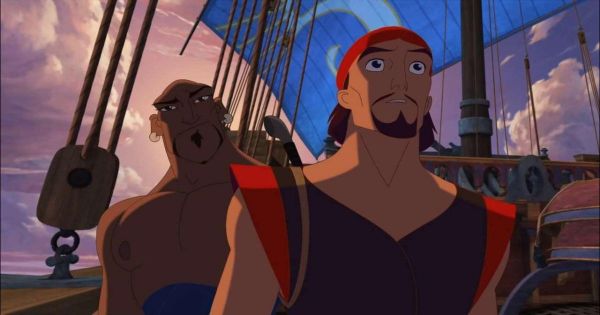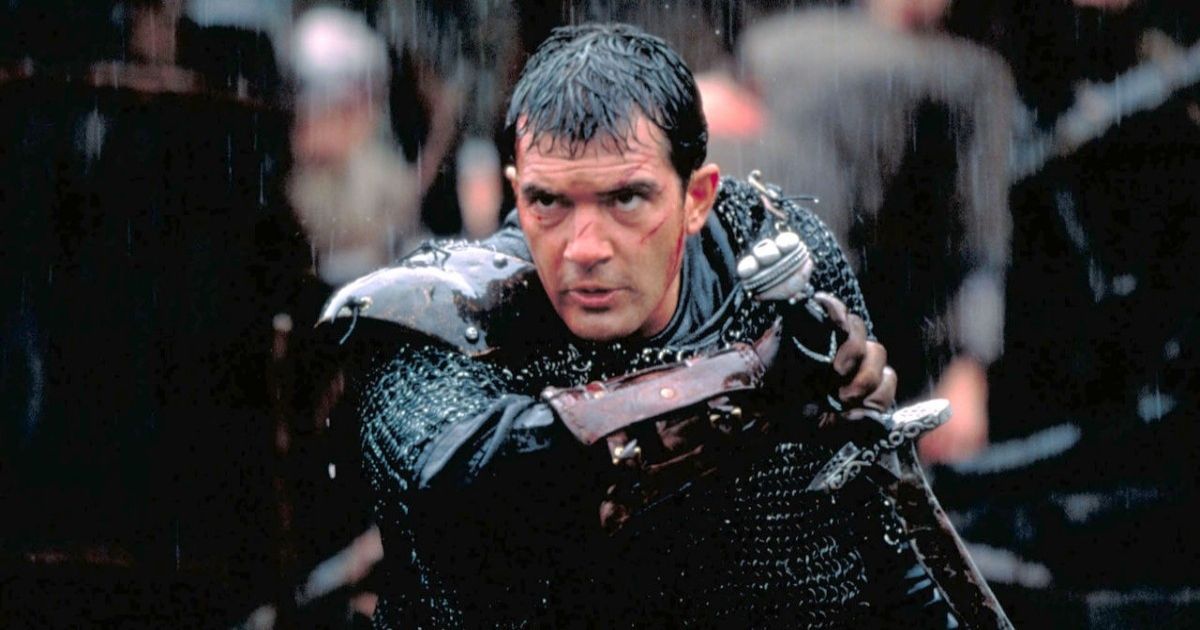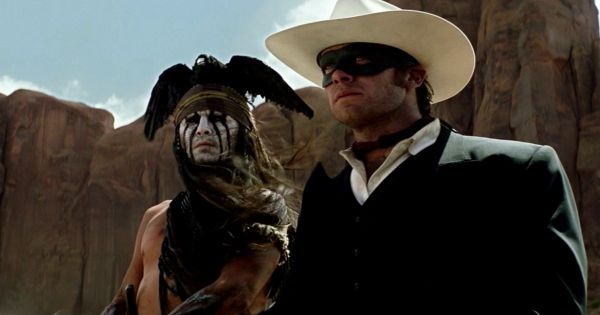Even with the assistance of A-list Hollywood actors, gripping screenplays, and breathtaking visuals, some films simply aren’t meant to succeed financially. No amount of star power can save these films from their own inherent flaws, with production problems, tight budgets, and uninspired storytelling frequently serving as major contributing factors to their eventual failure with moviegoers. In Hollywood, big-screen gaffes are nothing new, but there are a select few with infamous histories that precede them.
Few people will ever forget the marketing disaster that was the commercial failure John Carter, a work of art that would receive one of the worst reviews in the history of cinema. Similar to how Brad Pitt’s animated adventure Sinbad: Legend of the Seven Seas struggled to draw audiences and nearly caused DreamWorks to go out of business, Here are the top 10 box office duds of all time, along with how much money they lost when adjusted for inflation, ranging from Disney adaptations to shoddy action movies. Some of these figures aren’t the most precise, as advertising, home media sales, and the refusal of studios’ to announce exactly how much they lost are all contributing factors.
Battleship ($177 million)
The 2012 sci-fi action spectacular Battleship, which was based on the well-known board game of the same name, had all the necessary ingredients to become a big hit: an excellent ensemble cast, exhilarating action sequences, and an exciting battle between a human and an extraterrestrial foe.
Unfortunately, the movie version failed to capture the charm of the book and instead turned into a renowned box office flop, costing Hasbro and Universal hundreds of millions of dollars. Even though the Peter Berg film received accolades for its dazzling graphics, many critics felt the director opted for flair over content, with the narrative, dialogue, and lack of character development being criticized.
Cutthroat Island ($187 million)
Cutthroat Island, a 1995 swashbuckler adventure directed by Renny Harlin, starred Geena Davis, Matthew Modine, and Frank Langella among others. The movie depicts a brazen female pirate on her quest to find a secret, hidden island that is the location of a valuable hidden treasure. The movie’s development was infamously tumultuous, with recastings, rewrites, and shooting delays all adding to a ballooning budget that sealed the movie’s demise.
Prior to its release, the production firm Carolco Pictures filed for Chapter 11 bankruptcy, and the film went on to become one of the most infamous box office flops in movie history. Until the box office triumph of 2003’s Pirates of the Caribbean: The Curse of the Black Pearl, pirate-themed movies had lost their viability.
John Carter ($133-236 million)
Disney’s 2012 sci-fi action thriller John Carter, with an estimated budget of close to $350 million, needed to perform incredibly well at the box office to make up for the fact that it was one of the most costly movies ever created. The sad truth is that the exhilarating intergalactic exploits of the title army captain simply couldn’t draw in the crowds necessary to cover its enormous production costs; its abject failure is widely regarded as the result of terrible marketing, having been dubbed “one of the worst marketing campaigns in movie history.”
Rich Ross, the head of Walt Disney Studios, resigned as a result of the enormous failure of the big-screen spectacular, and the studio completely canceled two upcoming sequels. Despite having a reputation that might seem tarnished, John Carter has been evaluated in the past and found to be far better than expected.
Mars Needs Moms ($120-173 million)
The 2011 animated science fiction film Mars Needs Moms should have been a slam dunk with audiences as it follows the brave deeds of a nine-year-old boy to rescue his kidnapped mother from a Martian society, but it ended up being a failure of epic proportions. Mars Needs Moms was the second and final CGI performance-captured movie produced by ImageMovers Digital Studio, which was founded by director Robert Zemeckis and Disney back in 2007. The studio was shut down as a result of the dismal success of both A Christmas Carol and Mars Needs Moms.
The New York Times speculated that “Critics and audiences alike, with audiences voicing their opinions on Twitter, blogs, and other social media, complained that the Zemeckis technique can result in character facial expressions that look unnatural” when analyzing why the Disney production performed so poorly.
Mortal Engines ($189 million)
The 2018 steampunk movie Mortal Engines, which is based on the Philip Reeve novel of the same name, is about a heroic young lady who must struggle to stop London from obliterating everything in its path in a future where cities have been motorized on wheels. The adaptation struggled to engage viewers and reviewers; many saw it as a soulless, uninspired project lacking in a strong narrative and direction.
Despite author Philip Reeve being pleased with the film, Mortal Engines was a huge failure at the box office. Reeve said of the movie: “Christian Rivers has done a fantastic job – a huge, visually awesome action movie with perfect pace and a genuine emotional core… there are many changes to the characters, world, and story, but it’s still fundamentally the same thing.”
Pan ($98-171 million)
Hugh Jackman, Rooney Mara, and Amanda Seyfried are among the star-studded cast members of the 2015 fantasy film Pan, which puts a distinctive spin on the well-known J. M. Barrie book and tells the origin story of both The Boy Who Wouldn’t Grow Up and a fictitious Blackbeard.
The decision to cast a white actress (Mara) as the Native American Tiger Lily was met with criticism and controversy during both the film’s development and distribution. A petition was even created urging Warner Bros. studios to stop casting Caucasian actors in roles that were meant for people of color; Mara herself would later express her regret in taking on the part in the box-office bomb. According to most estimates, Warner Bros. lost more than $100 million on the movie.
Sinbad: Legend of the Seven Seas ($184 million)
The 2003 animated adventure Sinbad: Legend of the Seven Seas, an adaptation of the Persian fictional story that follows the eponymous hero as he travels the seas in search of a highly sought-after ancient artifact known as the Book of Peace, couldn’t be saved even by sensational leading man Brad Pitt.
The movie had a strong A- CinemaScore grade from viewers, but it still struggled to find a large audience at the box office due to stiff competition from films like Finding Nemo, Hulk, and Pirates of the Caribbean: The Curse of the Black Pearl. The animated movie’s devastating financial failure nearly led to DreamWorks’ insolvency, and at the time, Jeffrey Katzenberg, the company’s CEO, said, “I think the idea of a traditional story being conveyed with traditional animation is likely a thing of the past.”
The 13th Warrior ($112-210 million)
In the 1999 action historical fiction movie The 13th Warrior, which is partially based on the Michael Crichton book Eaters of the Dead, the charismatic Antonio Banderas plays renowned court poet and explorer Ahmad ibn Fadlan. The movie follows his interactions with a band of Vikings that he teams up with to battle a terrifying adversary.
The film’s initial budget was $85 million, but it reportedly grew to $160 million, creating a significant obstacle in the way of its ability to repay its costs at the box office. Omar Sharif, a celebrated Egyptian actor, took a break from acting following The 13th Warrior’s underwhelming result. He didn’t take on a new part until 2003’s Monsieur Ibrahim.
The Lone Ranger ($186-221 million)
The Lone Ranger, a 2013 western action film, was plagued from the start by production and budget problems. As a result of these problems, the film went on to become one of the worst box office failures in movie history. The financial strife and disagreements nearly resulted in the complete cancellation of the adaptation, and the production failures resulted in an exaggerated budget of between $225 and $250 million.
Leading actors, director Gore Verbinski, and producer Jerry Bruckheimer criticized critics for ignoring the film’s merits and focusing on the overblown budget rather than the actual movie, claiming it was a colossal failure for Walt Disney Pictures after the movie performed horribly during its opening weekend.
Tomorrowland ($103-171 million)
Despite having both the power of Disney and Hollywood A-lister George Clooney backing up the sci-fi spectacular, 2015’s Tomorrowland failed to captivate audiences with its wondrous tale of a brilliant-yet-cynical inventor who teams up with a savvy, aspiring scientist to travel to the titular alternate dimension.
Hugh Laurie, Britt Robertson, and Kathryn Hahn also appear alongside Clooney in the visually stunning movie, which is based on the futuristic Magic Kingdom-themed land at the well-known theme parks. While Tomorrowland received praise for its thrilling visuals, action sequences, and compelling performances, its clunky screenplay and failure to adequately explore the fantastic world left viewers wanting more.

